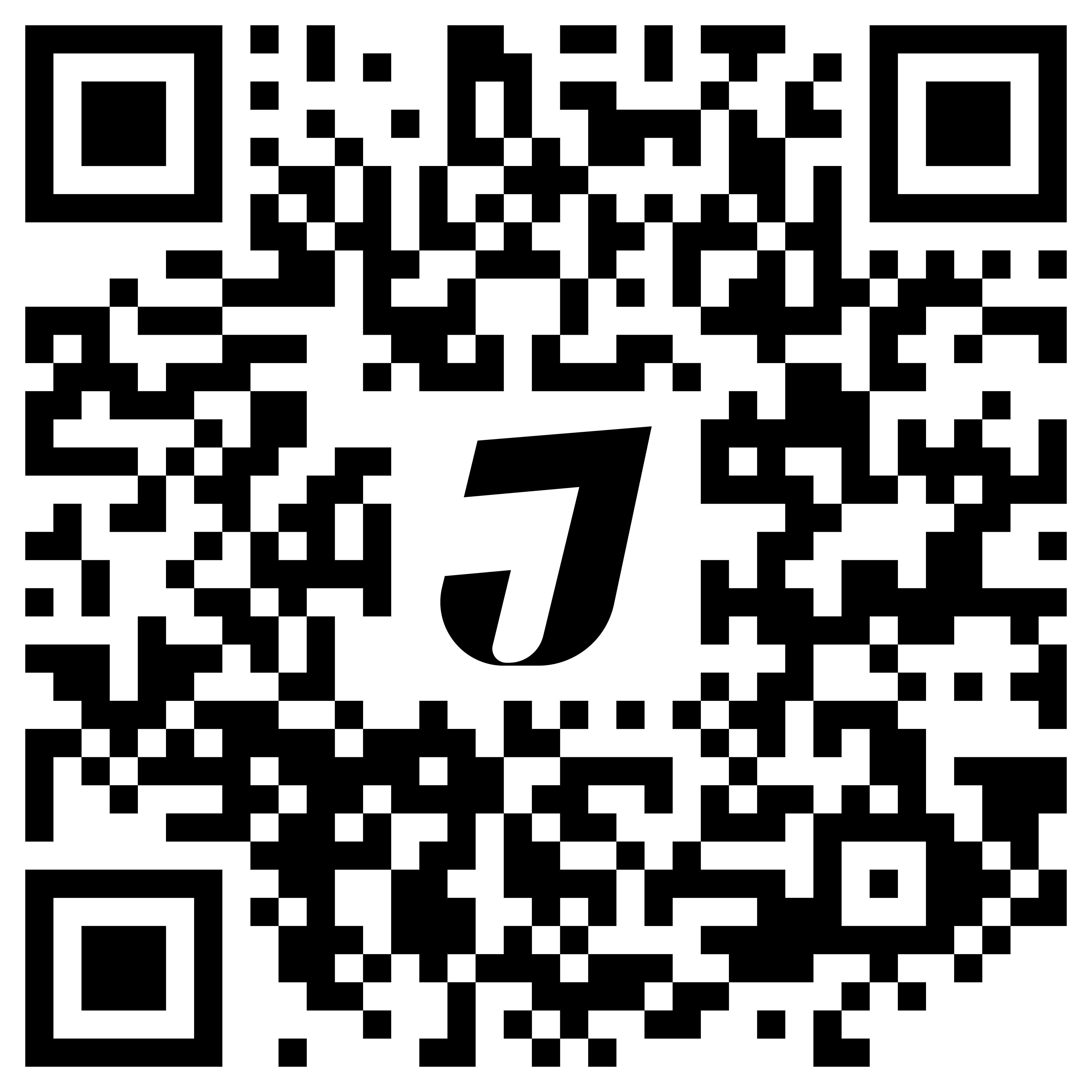Introduction
Under the Goods and Services Tax (GST) regime, the E-Way Bill has emerged as a crucial document for the transportation of goods. It replaces the traditional waybill used under the VAT system, streamlining the process and ensuring compliance with GST regulations. Here’s a detailed guide to understanding and generating the EWay Bill.
E-Way Bill
The E-Way Bill is an electronic document required for the movement of goods worth more than INR 50,000 within India. It is essential for both intra-state and inter-state transportations. The EWay Bill includes details about the merchandise, buyer, consignor, and transporter, ensuring that goods in transit comply with GST regulations.
The system generates an EWay Bill Number (EBN) when issuing the bill and shares it with the supplier, recipient, and transporter to facilitate smooth transportation and verification.
Contents of the E-Way Bill
The E-Way Bill consists of two main parts:
Part A:
- Recipient’s GSTIN
- Pin Code
- Invoice number
- Value of the goods
- HSN code
- Transport document number
- Transportation reason
Part B:
- Details of the transporter
- Vehicle number or other transport details
How to Generate an E-Way Bill?
An E-Way Bill is a document required for the state movement of goods valued above ₹50,000 within or across states in India. It contains details of the goods, their value, consignor, consignee, and transporter. Here’s how you can generate an EWay Bill:
1. Login to the E-Way Bill Portal:
- Visit the official E-Way Bill portal at ewaybillgst.gov.in.
- Log in using your credentials, such as your GSTIN (Goods and Services Tax Identification Number) and password.
2. Go to ‘Generate New’:
- After logging in, click on the ‘E-Way Bill’ tab in the menu and select ‘Generate New’ from the dropdown list.
3. Fill in the Required Details:
- Transaction Type: Choose whether the supply is ‘Outward’ (goods being sent out) or ‘Inward’ (goods being received).
- Sub-Type: Select the relevant sub-type based on the transaction, such as ‘Supply,’ ‘Export,’ ‘Job Work,’ ‘Sales Return,’ or others.
- Document Type: Choose the document type, such as ‘Invoice,’ ‘Bill of Supply,’ ‘Challan,’ or ‘Credit Note.’
- Document Number and Date: Enter the invoice or document number and date.
4. Enter the Details of Consignor and Consignee:
- From/To Address: Provide the full address, including the name and GSTIN of the consignor (sender) and consignee (receiver).
- State and Pin Code: Ensure you fill in the correct state and pin code details.
5. Product and Transport Information:
- HSN Code: Enter the HSN code of the goods being transported.
- Product Description: Describe the goods briefly but accurately.
- Quantity and Unit: Specify the quantity and unit of the goods.
- Value of Goods: Provide the total value of the goods excluding GST, and mention the applicable tax rates (SGST, CGST, or IGST).
- Transport Details: Enter the mode of transport (road, rail, air, or ship), transporter name, and vehicle number. You may also add the transporter ID if you are hiring a third-party service provider.
6. Click on ‘Submit’:
- After filling in all the details, click ‘Submit.’ The system will validate the information and generate a unique 12-digit E-Way Bill number (EBN).
- The EBN will be displayed on the screen, and you can download or print the EWay Bill for reference.
7. Print or Share the E-Way Bill:
- The E-Way Bill must accompany the goods during transit. Ensure that the driver or transporter has a physical copy of the EWay Bill or an electronic copy that can be shown upon inspection.
8. Update Transport Details (If Needed):
- If there’s a change in the vehicle or the transporter, you can update the E-Way Bill with new details under the ‘Update Vehicle No.’ or ‘Update Part B’ section.
When Should the E-Way Bill be Issued?
An EWay Bill must be generated before the commencement of the transportation of goods valued over INR 50,000. This requirement applies to:
- Goods transported due to supply or non-supply purposes (such as returns).
- Inward supplies from unregistered persons.
Who Should Generate GST E-Way Bills?
There is a Table here, Refer Google Documents.
Exceptions to the E-Way Bill Requirement
The E-Way Bill is not required in the following cases:
- Transportation of goods from Nepal or Bhutan.
- Goods transported under customs bonds from ICD to customer ports.
- Goods under customs supervision or for clearance from customs.
- Transport via non-motor vehicles.
- Exempted goods in specific states.
- Goods transported through rail within 20 kilometers with a delivery challan.
- Transportation of empty containers.
- Goods transported under the Defence Ministry.
Benefits of E-Way Bill
The E-Way Bill system has brought significant improvements to the transportation of goods and the GST compliance process. Here are some of the key benefits:
Reduction in Compliance Burden:
The E-Way Bill simplifies the process of compliance by creating a unified platform for generating and tracking the movement of goods. This has eliminated the need for state-level permits, reducing paperwork and procedural delays.
Efficient Monitoring of Goods Movement:
The E-Way Bill system enables real-time monitoring and tracking of goods, reducing the chances of tax evasion. Authorities can use the EBN to inspect and verify the authenticity of the goods and their documentation.
Enhanced Transparency:
The E-Way Bill ensures transparency by documenting all details about the goods, consignor, consignee, and transporter. This has made it easier to monitor the entire supply chain and prevents issues like under-invoicing.
Ease of Interstate Trade:
Before the implementation of the E-Way Bill, interstate trade was often hindered by state-specific permits and checkpoints. The EWay Bill has streamlined this by introducing a unified system across the country, facilitating smoother movement of goods.
Time and Cost Efficiency:
The unified system reduces the time taken at state borders, cutting down on waiting times and transit delays. This has led to faster delivery of goods and lower transportation costs for businesses.
Standardization Across States:
The E-Way Bill provides a standardized format and process across all states, reducing discrepancies and confusion. It ensures that businesses follow a uniform procedure for transporting goods, simplifying operations for interstate transactions.
Digital Record Keeping:
Since the E-Way Bill is generated electronically, businesses can maintain digital records of all their shipments. This makes it easier to retrieve records when needed, conduct audits, and ensure compliance with tax regulations.
Scope for Automation:
Businesses can integrate the EWay Bill system with their software to automate E-Way Bill generation when they create invoices. This reduces manual effort and minimizes errors in documentation.
Prevention of Tax Evasion:
By the mandating of E-Way Bills for high-value goods, the government has effectively reduced instances of tax evasion. The system tracks all movements and enables authorities to cross-verify data to ensure compliance with tax liabilities.
Improved Logistics Management:
Businesses can plan their logistics more effectively with real-time tracking of goods. They can better manage their fleets, reduce delays, and improve overall supply chain efficiency.
Conclusion
The E-Way Bill system is a crucial component of the GST framework, facilitating seamless movement of goods while ensuring tax compliance. By standardizing the process, enhancing transparency, and reducing costs, the EWay Bill has simplified logistics and made interstate trade more efficient
It enhances the efficiency of goods transportation under the GST regime. By understanding and properly generating E-Way Bills, businesses can ensure compliance, avoid penalties, and streamline their operations.






